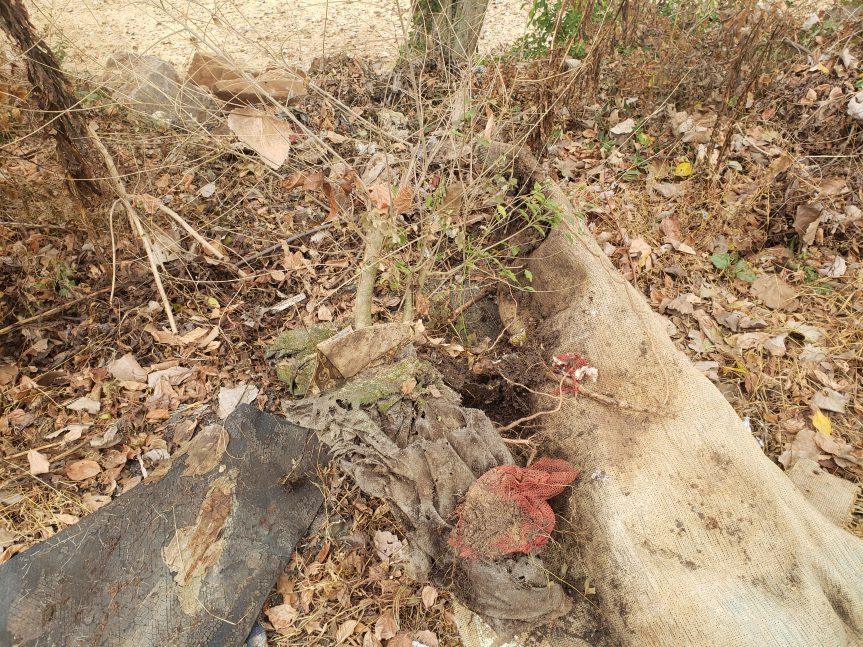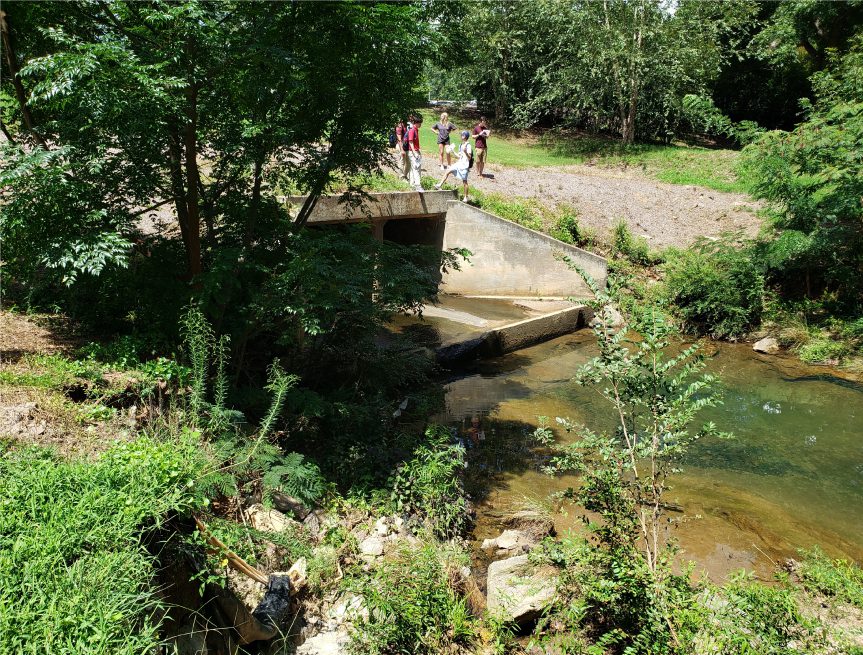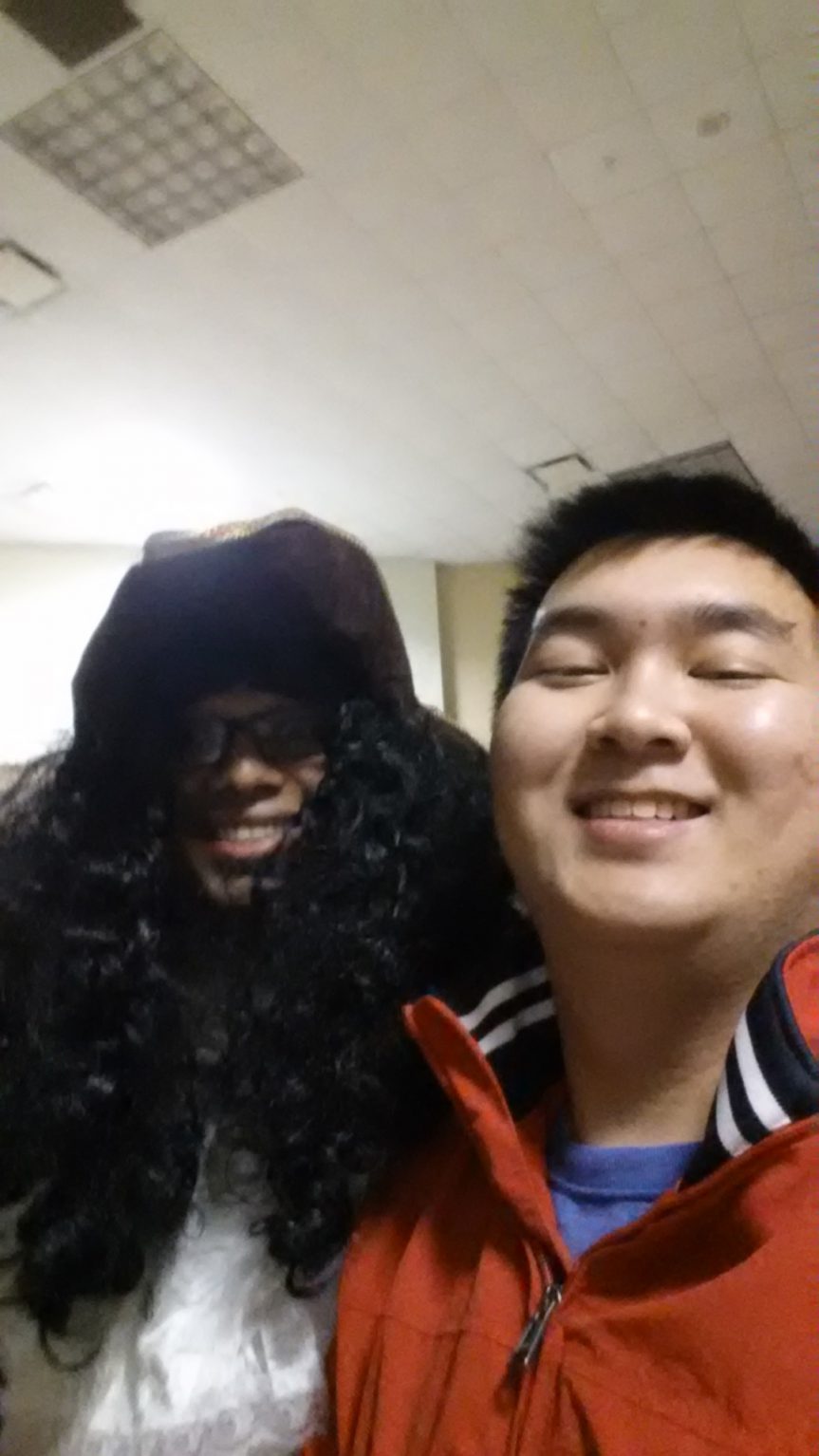
What do we think of when we think about rare diseases? Well first of all, they’re rare: no one around me has it, my parents don’t have it, chances are, I won’t get it, nor will my children get it. Which means I don’t have to worry about getting it myself then, right?
Well let’s consider this disease: Fatal Familial Insomnia (FFI). FFI is the rarest known prion disease today – only 25 families are known to have it (2). The symptoms of the disease are initially mild – usually just an inability to sleep. As time progresses, however, there will be significant mental deterioration: dementia, problems with cognition and thought, and “dysfunction of the autonomic nervous system” (5). This impacts the human body’s ability to maintain body temperature, heart rate, and blood pressure (5). This mental deterioration continues for about a year or so until “the disease ultimately progresses to coma and death” (5).
But even as horrifying as that seems, as long as we aren’t one of the 25 families, we don’t have to worry about the disease, right? Unfortunately, it doesn’t seem completely so – in 2004, doctors studied the case of a man with the disease who was of Chinese descent – the first case of FFI ever in the Chinese population (9). This means that the disease can still occur anywhere. But ultimately, so little is known about it that scientists are struggling to find a complete explanation – and indeed, a cure – for this rare disease. Even if you don’t think you have it, getting tested for the FFI gene can provide scientists with the information they need to find the origin of the disease, and how to treat and cure it.
So what is the disease?
FFI is known as a Prion disease. These kinds of diseases occur when the PRNP gene, a gene which controls the creation of prion protein, has a mutation (5). This mutation causes the gene to create misfolded prion protein – these prion proteins are toxic and will build up in the brain, destroying important nerve cells, leading to the symptoms of the disease (5).
So far, the mutations is the genes are from SNP’s, where one small segment of the DNA is switched. D178N is a SNP for residue 178 in the PRNP gene (8). Another SNP is the M129V SNP, also in the PRNP gene (6). The last SNP is the E200K mutation, which is a common prion disease mutation (7). It’s very possible for the change in the PRNP gene, which directly creates the prion protein, to affect the prion’s shape – other prion related diseases stem from these mutations too (6).
Once someone has the disease, the disease itself is autosomal-dominant (5). That means if a parent has it, there is at least a 50% chance of the children having it too. In the case of the Canadian family mentioned before, the disease traced through the family, like the patient’s aunt (9). Since many of the patients who had the disease didn’t start showing symptoms until later in life, such as the aunt in her late 40’s (9), it is highly possible for someone who has the disease to pass it to their children.

So how can we test for it?
The best way to test for this disease would be to use traditional DNA sequencing. There is only one single gene to look at, and only at three points. All of them are SNPs, so it would be easy to know what to look for. For the three locations, the cost would be low, since there are so few of them. These mutations have a strong correlation with people who have the disease, such as D178N with a magnitude of 6.5 (8).
Unfortunately, getting the test may not be enough to prove if you have the disease or not. Because of it’s rarity, many of the mutations that can occur that will cause this disease, may not be known yet (5). It is still entirely possible to get this disease through some other mutation – take Sporadic Fatal Insomnia: this disease is the exact same as FFI, except it’s cases are completely random (4). So, even though the known SNP’s provide definitive proof of having the disease or not, the probability of having the disease is still not 0. In the end, it may be in the best interest of people, who have a family history of diseases with anything resembling the symptoms of FFI, to get tested for the disease. Even if they don’t think they have the disease, they may be some of the people with the closest connections to this disease.
What happens when I get tested?
With the rarity of the disease, most likely nothing. People who test negative for this disease will almost certainly never get it. But when they do test positive for it, it would be a horrible moment. Currently, there is no treatment for FFI; there have been so few cases, that researchers could not create a definitive treatment for it (5). Even if someone knows they have FFI, there is no definitive way to get rid of it. Once someone gets the disease, they may no longer want to keep it to themselves – the best hope to get it cured or treated would be to contact researchers for help.
If you do test positive, contact your doctor to let them know. They should know about your current condition, and if any medications you may have taken (5). If you have medication that makes any of the symptoms worse, you should stop taking them and ask your doctor if there are any alternatives (5). It is also possible to get scans done of your brain for activity, which can be especially helpful in determining where and what may be causing the symptoms (5). If you are interested in getting tested for this, ask yourself these questions: Do I have problems falling asleep? Am I experiencing forgetfulness? Do I have problems paying attention? Am I loosing weight faster than I expected? Does anyone in my family have these symptoms (5)?
Because of the lack of information about the disease, not many people know about it. However, if more people were to go and test for it, they may be able to help change that. Sonia and Eric have worked together to find a solution to the FFI disease after events in their life prompted them to do so (3). Testing for the gene doesn’t cost much, but its value is incredible for researchers. So even if it is highly unlikely for you to get this disease, just a little bit of time and money spent to get tested for this disease will help researchers save the lives of others.
Works Cited
1. Creutzfeldt-Jakob Disease Foundation, Inc. (n.d.). About CJD and Prion Disease. Retrieved from: https://cjdfoundation.org/about-cjd
2. Creutzfeldt-Jakob Disease Foundation, Inc. (n.d.). Fatal Familial Insomnia (FFI). Retrieved from: https://cjdfoundation.org/fatal-familial-insomnia-ffi
3. Creutzfeldt-Jakob Disease Foundation, Inc. (n.d.). Sonia & Eric’s Story. Retrieved from: https://cjdfoundation.org/sonia-and-erics-story
4. Medori, R., at el. (1992, February 13). Fatal Familial Insomnia, a Prion Disease with a Mutation at Codon 178 of the Prion Protein Gene. Retrieved from: https://www.nejm.org/doi/full/10.1056/NEJM199202133260704
5. National Organization for Rare Disorders. (2018). Fatal Familial Insomnia. Retrieved from: https://rarediseases.org/rare-diseases/fatal-familial-insomnia/
6. SNPedia. (2018, January 6). rs1799990. Retrieved from: https://www.snpedia.com/index.php/Rs1799990
7. SNPedia. (2018, January 6). rs28933385. Retrieved from: https://www.snpedia.com/index.php/Rs28933385
8. SNPedia. (2019, January 18). rs74315403. Retrieved from: https://www.snpedia.com/index.php/Rs74315403
9. Spacey, S.D., Pastore, M., McGillivray, B., Fleming, J., Gambetti, P., & Howard, F. (2004, January). Fatal Familial Insomnia: The First Account in a Family of Chinese Descent. Retrieved from: https://jamanetwork.com/journals/jamaneurology/fullarticle/785214



